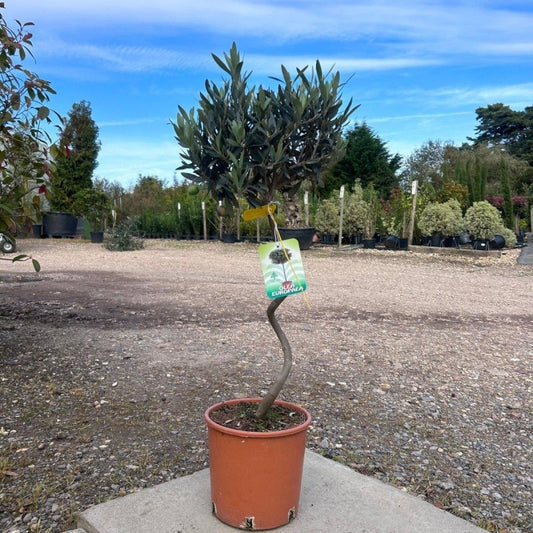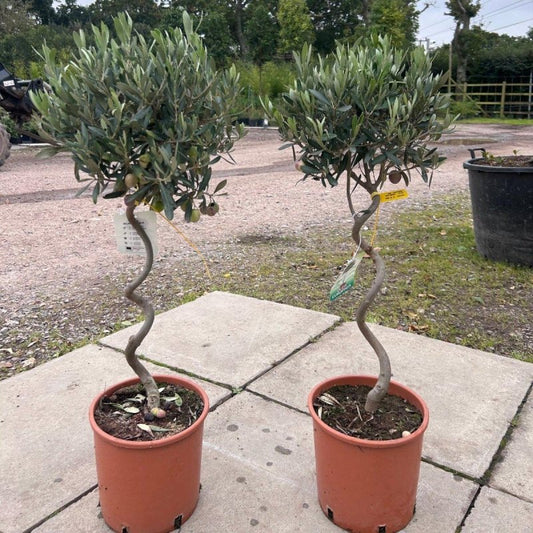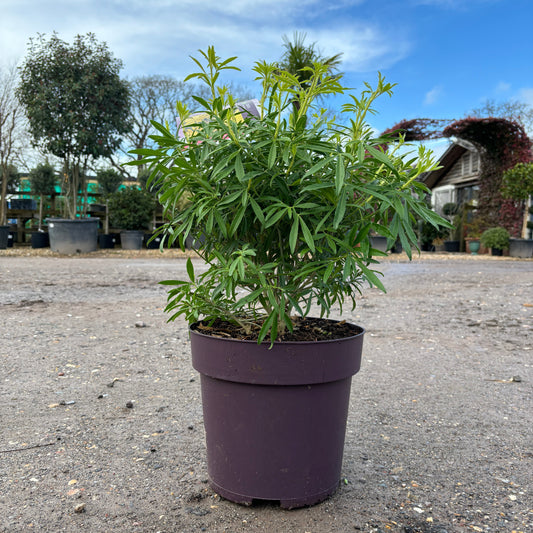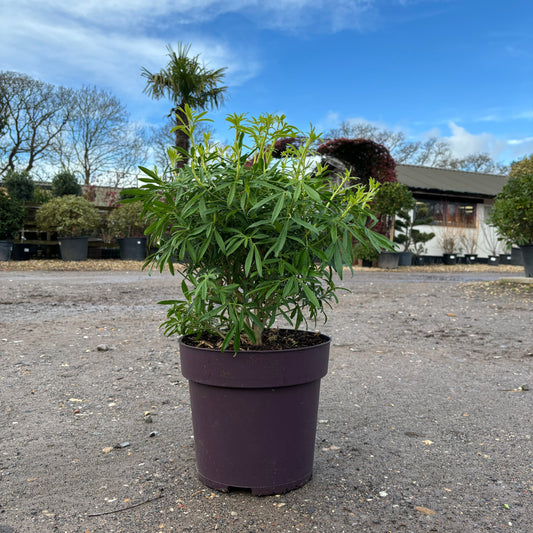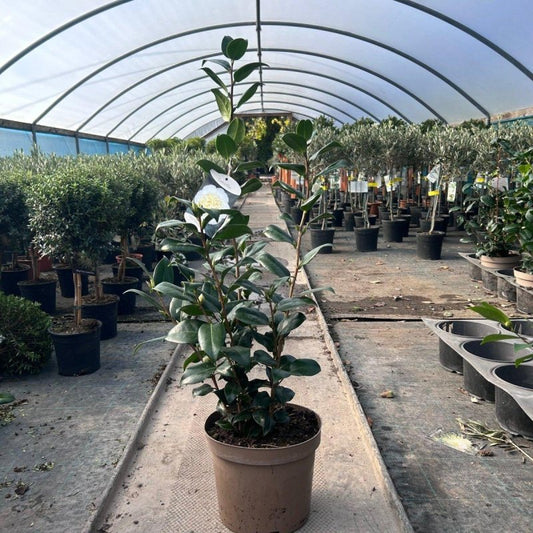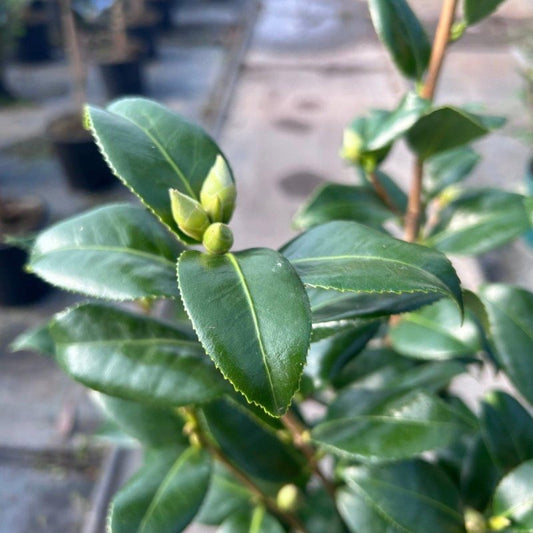How to Care for your Olive Tree
Inside this Article:
Optimal Growing Conditions for Olive Trees in the UK
Olive trees, native to the Mediterranean region, thrive in conditions similar to citrus plants: hot, dry summers, mild winters, and abundant sunlight. In the UK, it's crucial to ensure your olive trees receive plenty of sunlight and are planted in well-draining soil to prevent waterlogging. While they are more adaptable to the UK climate than citrus, olive trees still require some special attention, particularly during the colder months.

Summer Care
During summer, olive trees enjoy being outside where they can soak up the sun. They are relatively wind-resistant but should be shielded from the strongest gusts to protect their delicate leaves. Container growing is ideal for olive trees in the UK, as it allows for easy movement to optimize sun exposure and shelter from harsh weather.
Winter Protection
While more cold-hardy than citrus, olive trees still need protection from severe UK winters. They can withstand temperatures as low as -10°C, but prolonged exposure to freezing conditions can be harmful. During winter, place olive trees in a sheltered spot or a greenhouse to ensure they receive enough light without being damaged by frost. Water sparingly in winter, allowing the soil to dry out slightly between waterings.
Pruning Practices
Pruning olive trees is essential for maintaining a healthy, productive tree. The best time to prune is in the late winter or early spring, before new growth starts. Remove any dead, diseased, or overcrowded branches to encourage better airflow and sunlight penetration. Olive trees also benefit from thinning cuts to open up the canopy, which helps in fruit production.
Feeding Requirements
Olive trees need regular feeding, especially during the growing season. Use a balanced fertilizer from spring until late summer to promote healthy growth and fruiting. Reduce feeding in autumn and winter when the tree's growth slows down.
Repotting Schedule
Repot olive trees every couple of years in early spring. Use a well-draining compost mix, ideally slightly alkaline, which suits olive trees. Adding grit or perlite ensures good drainage. When repotting, choose a container only slightly larger than the previous one to avoid overpotting, which can lead to water retention issues.
Temperature Regulation
Olive trees are quite adaptable but avoid sudden temperature changes. In hot, dry weather, consider using a gravel tray with water to increase humidity, being careful not to let the pot sit in water, which could cause root rot.
Integrated Pest Management
Common pests for olive trees include scale insects and olive fruit flies. Regular inspection and prompt action are crucial. For scales, treat with horticultural oils or soap sprays. For olive fruit flies, traps and biological control methods can be effective. Chemical treatments should be a last resort, especially if the tree is being grown for edible fruit.
Trending Now
- From £45.00
- From £45.00
- Unit price
- per
- From £45.00
- From £45.00
- Unit price
- per
- From £45.00
- From £45.00
- Unit price
- per
- From £118.00
£104.97- From £118.00
- Unit price
- per
- £8.00
- £8.00
- Unit price
- per
- £20.00
- £20.00
- Unit price
- per
- £8.00
- £8.00
- Unit price
- per
- £16.00
- £16.00
- Unit price
- per
- Choosing a selection results in a full page refresh.


